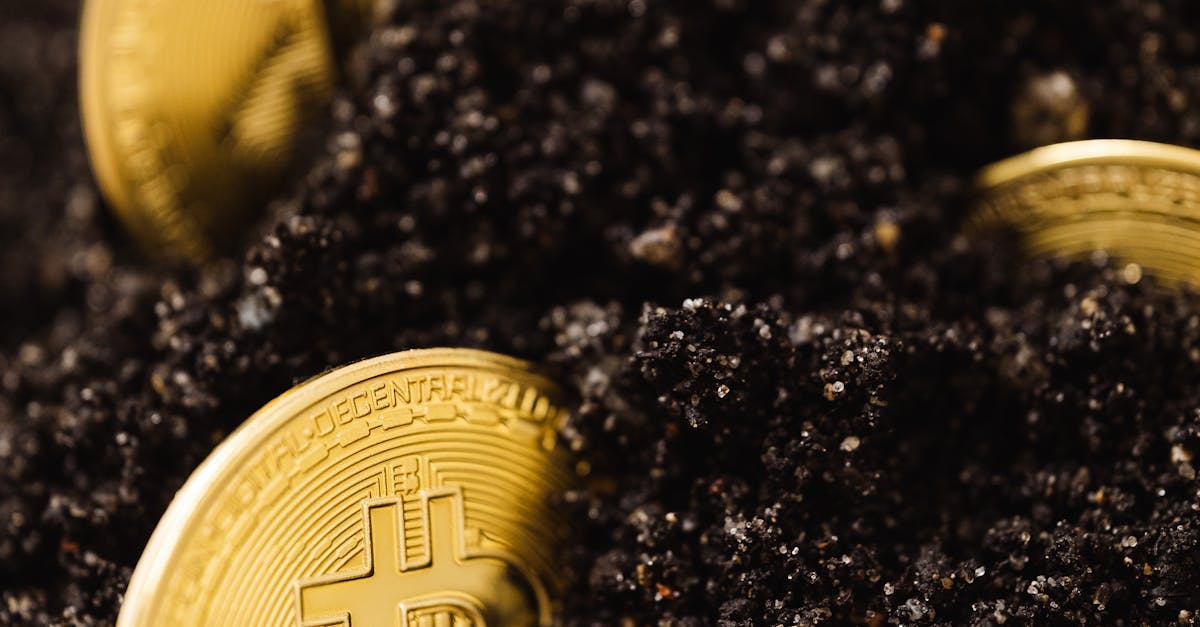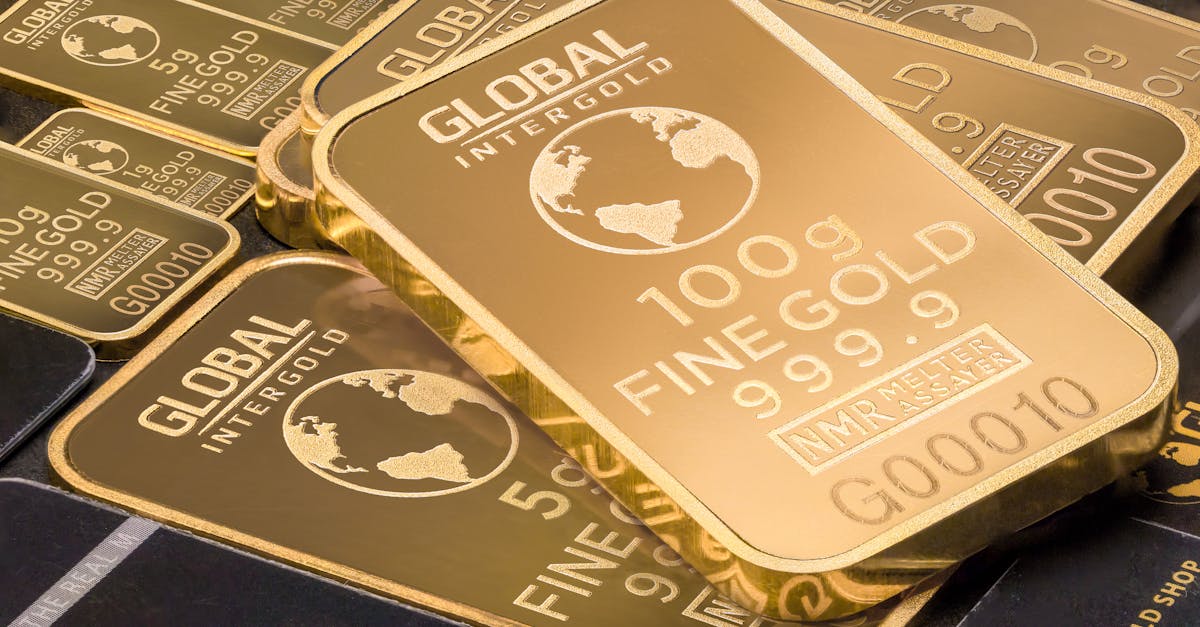The Enduring Allure of Gold: Unraveling Demand and Economic Impact

Gold: A Timeless Haven in a Turbulent Economic Landscape
Throughout history, gold has been a coveted asset, revered for its beauty, rarity, and unwavering value. In today’s tumultuous economic landscape, gold continues to play a pivotal role, influencing everything from personal investments to global trade.
This article delves into the intricate world of gold demand and its profound impact on economies worldwide. We explore how gold’s multifaceted nature influences local economies, international trade, and financial stability. We also unravel the dynamic relationship between demand and price volatility, examining the factors that drive gold’s fluctuations. As we navigate an uncertain economic future, understanding gold’s potential as a hedge against inflation and a safe haven asset becomes increasingly crucial.
Our analysis will shed light on the projected trends in gold demand, supply, and technological advancements, providing valuable insights into the economic implications that lie ahead.
Key Insights from the Article
5 Key Insights
-
Gold plays a multifaceted role in the global economy, serving as a store of value, medium of exchange, and safe haven asset.
-
Gold mining and trading can have a positive impact on local economies by creating jobs, boosting infrastructure development, and generating revenue for governments.
-
Gold’s unique properties make it a valuable asset for central banks and investors, contributing to international trade and stabilizing global financial markets.
-
Gold demand is influenced by a complex interplay of factors such as inflation, economic uncertainty, and supply chain disruptions.
-
The future of gold demand is uncertain but could be influenced by factors such as emerging economies, technological advancements, and geopolitical tensions.
1. The Role of Gold in the Global Economy
The Role of Gold in the Global Economy: Unveiling Its Significance
Gold has played a pivotal role in the global economy for centuries, serving as a store of value, a medium of exchange, and a safe haven asset. Its intrinsic value and scarcity have made it a reliable form of wealth preservation, particularly during periods of economic uncertainty.
As a store of value, gold’s finite supply and durability make it an attractive asset for investors seeking to protect their wealth against inflation and currency fluctuations. Unlike paper currencies, which can be subject to devaluation by central banks, gold’s value tends to hold steady over time. This makes it a popular choice for long-term investments and as a hedge against inflation.
Gold has also served as a medium of exchange throughout history, facilitating trade and commerce. While its use as a currency has diminished in modern times, gold remains an important part of the global monetary system. Central banks hold significant gold reserves to back their currencies and maintain financial stability. Gold’s role in international trade and as a reserve asset helps to stabilize exchange rates and promote economic growth.
2. Gold’s Impact on Local Economies

Gold’s Impact on Local Economies: A Catalyst for Development
Gold mining and trading can have a profound impact on local economies, particularly in regions where these activities are concentrated. The extraction and processing of gold create jobs, boost infrastructure development, and generate revenue for governments.
Gold mining operations provide employment opportunities for a range of skilled and unskilled workers, from geologists and engineers to miners and equipment operators. The influx of workers into mining areas can lead to population growth and increased demand for housing, goods, and services, further stimulating economic activity.
Gold trading also contributes to local economies by generating tax revenue and creating jobs in related industries such as transportation, logistics, and financial services. The presence of gold refineries and trading hubs can attract businesses and investments, fostering economic diversification and growth.
3. Gold’s Role in International Trade and Stability
Gold’s Role in International Trade and Stability: A Global Stabilizer
Gold plays a multifaceted role in international trade and stability. Its unique properties make it a valuable asset for central banks, investors, and traders alike.
In international trade, gold serves as a reserve asset and a means of settling payments between countries. Central banks hold significant gold reserves to diversify their portfolios and protect against currency fluctuations. Gold’s status as a globally recognized store of value makes it a reliable medium for international transactions, particularly during times of economic or political uncertainty.
Gold also contributes to global financial stability by balancing currency fluctuations. When the value of one currency falls relative to others, investors often turn to gold as a safe haven, increasing demand and supporting its price. This can help to stabilize exchange rates and prevent excessive volatility in the foreign exchange market.
4. The Relationship Between Gold Demand and Price Volatility

The Relationship Between Gold Demand and Price Volatility: A Delicate Dance
The relationship between gold demand and price volatility is intricate, influenced by a complex interplay of factors including inflation, economic uncertainty, and supply chain disruptions.
Inflation, or a sustained increase in the general price level, can drive up gold demand as investors seek to protect their wealth from the eroding effects of inflation. Gold’s value tends to rise alongside inflation, making it an attractive hedge against inflationary pressures.
Economic uncertainty, such as geopolitical tensions or global economic downturns, can also increase gold demand. During these times, investors often flock to gold as a safe haven asset, pushing up its price. Gold’s perceived stability and resilience make it a popular choice for preserving capital during periods of market turbulence.
Supply chain disruptions, particularly those that affect gold mining and production, can also contribute to price volatility. Reduced supply, whether due to natural disasters, labor strikes, or political instability, can lead to higher gold prices as demand outstrips supply.
5. Gold as a Safe Haven Asset
Gold as a Safe Haven Asset: A Haven in the Storm
Gold’s status as a safe haven asset stems from its unique properties and historical performance during periods of economic downturns and geopolitical turmoil. Its intrinsic value, scarcity, and lack of correlation to other asset classes make it an attractive investment during uncertain times.
When stock markets plunge and economies falter, investors often turn to gold as a safe store of value. Gold’s price tends to rise during periods of financial distress, providing a hedge against losses in other investments. Its limited supply and durability make it a reliable asset during times of crisis.
Gold’s safe haven status also contributes to market stability. By providing a safe haven for investors during periods of uncertainty, gold helps to reduce volatility in financial markets. This can prevent panic selling and stabilize asset prices, mitigating the severity of economic downturns.
6. Gold’s Potential Impact on Inflation and Deflation
Gold’s Potential Impact on Inflation and Deflation: A Delicate Balancing Act
Gold’s relationship with inflation and deflation is complex and has been debated by economists for centuries. Historically, gold has been seen as a hedge against inflation, as its value tends to rise when the general price level increases. However, gold’s influence on deflationary pressures is less clear-cut.
During periods of high inflation, investors often turn to gold as a store of value to protect their wealth from the eroding effects of inflation. Gold’s limited supply and intrinsic value make it an attractive asset during inflationary times. However, it’s important to note that gold is not a perfect inflation hedge, and its price can fluctuate based on various factors.
In deflationary periods, when the general price level is falling, gold’s performance can be more nuanced. Some economists argue that gold can exacerbate deflationary pressures, as its rising value can discourage spending and investment. Others believe that gold can provide stability during deflation by maintaining its purchasing power and acting as a store of value.
7. The Future of Gold Demand and Its Economic Implications
The Future of Gold Demand and Its Economic Implications: A Glimpse into the Crystal Ball
Speculating on the future of gold demand is a tricky business, but by analyzing current trends and considering potential economic developments, we can make some educated guesses.
One key factor to consider is the growing demand for gold from emerging economies. As these economies continue to develop, their populations will likely increase their savings and investments in gold. This could lead to a sustained increase in gold demand over the long term.
Technological advancements could also play a role in shaping the future of gold demand. The development of new technologies, such as blockchain and digital gold, could make it easier for people to invest in and trade gold. This could potentially increase demand for gold, particularly among younger generations.
However, it’s important to note that the future of gold demand is not without its uncertainties. Economic downturns, geopolitical tensions, and changes in government policies could all impact gold demand in unforeseen ways.
Why is gold considered a safe haven asset?
Gold is considered a safe haven asset due to its unique properties and historical performance during periods of economic uncertainty. Its intrinsic value, scarcity, and lack of correlation to other asset classes make it an attractive investment during uncertain times.
How does gold’s price fluctuate?
Gold’s price is influenced by a complex interplay of factors, including inflation, economic uncertainty, supply chain disruptions, and changes in demand and supply.
What is the potential impact of gold on inflation?
Gold’s relationship with inflation is complex, but it is generally seen as a hedge against inflation. However, its effectiveness as an inflation hedge can vary depending on the specific economic conditions.
How might technological advancements affect gold demand?
Technological advancements, such as the development of blockchain and digital gold, could make it easier for people to invest in and trade gold. This could potentially increase demand for gold, particularly among younger generations.
What are the key factors to consider when speculating on the future of gold demand?
When speculating on the future of gold demand, it is important to consider factors such as economic growth, geopolitical tensions, changes in government policies, and technological advancements.
Table of Key Insights
| Key Insight | Explanation | |—|—| | Gold’s multifaceted role in the global economy | Gold serves as a store of value, medium of exchange, and safe haven asset, influencing economic growth and stability. | | Economic impact of gold mining and trading | Gold mining and trading can create jobs, boost infrastructure, and generate revenue for local economies. | | Gold’s role in international trade and stability | Gold facilitates international trade, balances currency fluctuations, and stabilizes global financial markets. | | Factors influencing gold demand | Gold demand is influenced by inflation, economic uncertainty, supply chain disruptions, and changing investment patterns. | | Future trends in gold demand | The future of gold demand is uncertain but could be shaped by emerging economies, technological advancements, and geopolitical tensions. |